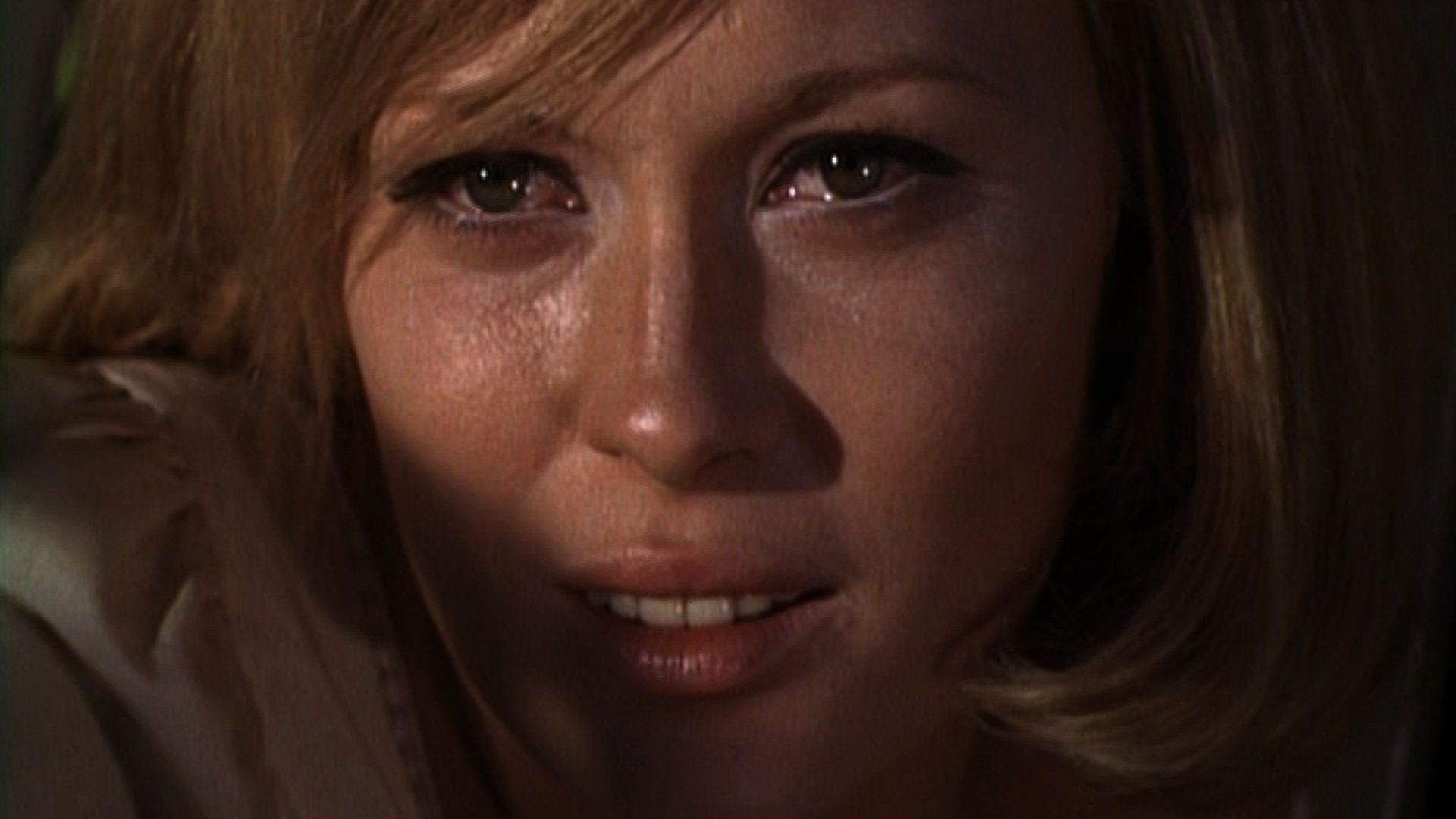A film that revolutionized Hollywood, “Bonnie & Clyde” is carried at arm’s length by a wonderful duo: Faye Dunaway and Warren Beatty. Two icons crossing an America bloodless from the Great Depression, ending in a heartbreaking finale…
Fascinated by the harsh values of the Frontier and the crude moral code of its pioneers and outlaws, Sam Peckinpah focused in The Wild Horde on depicting the twilight of a heroic age, the pathetic and convulsive wandering of its last survivors, in a universe that was no longer up to their standards.
To end in a dizzying maelstrom of violence, a final bloodbath resembling a funeral ceremony in slow motion, which was not only an aesthetic indulgence, but the lyrical transfiguration of the filmmaker’s nostalgia for a dying West and its tenderness towards those he called “the losers”.
Warner Bros.
If his masterpiece was considered Hollywood’s definitive response to the wave of transalpine westerns and their uninhibited violence, Arthur Penn had nevertheless broken politeness two years earlier with a work which marked his generation, avatar of what we will call the New Hollywood: Bonnie & Clyde.
In a bloodless America ravaged by the devastating effects of the never-ending 1929 crisis, this bloody odyssey of Bonnie Parker and Clyde Barrow, released in 1967, found a particularly vivid echo in the great protest movements of the 1960s. , linked to protests against the Vietnam War.
If the real gangster couple – not of great stature in reality – knew how to take care of and maintain their legend, Arthur Penn makes Faye Dunaway and Warren Beatty characters driven by material and sexual success, always young and beautiful. But plunged into a most sordid reality, culminating in a terrifying final massacre.
Betrayed by the father of CW Moss (Michael J. Collard), one of the gang’s accomplices, the couple falls into an ambush organized by Texas Ranger Franck Hamer (Denver Pyle). When Bonnie and Clyde stop on the side of the road to help Mr. Moss change a flat tire, the police, who are hiding in the bushes and in a vehicle, open fire and shoot them at point blank range.
While Clyde realizes too late that his life ends there, he exchanges a final and very brief look with Bonnie, who contemplates him while saying goodbye, the depths of her eyes already clouded with tears, seeming to see her life flash by in a fraction. of seconds.
Here’s the scene again…
https://www.youtube.com/watch?v=JBMbrd6t350
We must pay tribute to the extraordinary work of the immense editor Dede Allen, who entered the legend of the 7th Art with this final scene: 50 shots collide in one minute, in slow motion, in a lightning maelstrom, bloody and upsetting.
“Before, you couldn’t see one guy shooting and another being shot in the same frame; there had to be a cut. We wanted to break away from that. The audience has the right to see things as they really are.” Arthur Penn will comment.
The studio boss, Jack Warner, even belched at the end of the first screening of the film, throwing out a friendly “It’s the longest two hours and ten minutes of my life! A film during which we pee more than 3 times, I’ve never seen that!”, the film fortunately and lastingly left an impression on the hearts and retinas of spectators.
